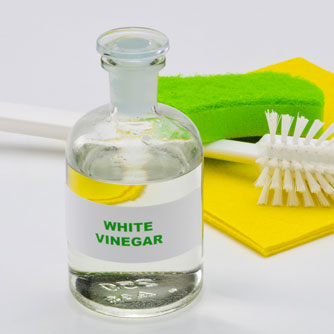Acetic acid, the active ingredient in vinegar, can effectively kill mycobacteria, even the kind that causes tuberculosis.
Mycobacterium are a type of germ, pathogens that are capable of causing serious diseases in mammals. The most notable kind of mycobacterium is Mycobacterium tuberculosis – which causes tuberculosis (TB), and has become highly drug-resistant. As well, non-TB mycobacteria are common in the environment, even in tap water, and are resistant to commonly used disinfectants. When they contaminate the sites of surgery or cosmetic procedures, they cause serious infections. Innately resistant to most antibiotics, they require months of therapy and can leave deforming scars. Claudia Cortesia, from the Venezuelan Institute of Scientific Investigation (Venezuela), and colleagues have discovered that acetic acid, the active ingredient in vinegar, can effectively kill mycobacteria, even highly drug-resistant Mycobacterium tuberculosis. Observing that: “Currently used mycobactericidal disinfectants can be toxic, unstable, and expensive,” the study authors report that: “We fortuitously found that acetic acid kills mycobacteria and then showed that it is an effective mycobactericidal agent, even against the very resistant, clinically important Mycobacterium abscessus complex. Vinegar has been used for thousands of years as a common disinfectant, and if it can kill mycobacteria, the most disinfectant-resistant bacteria, it may prove to be a broadly effective, economical biocide with potential usefulness in health care settings and laboratories, especially in resource-poor countries.”
-
Claudia Cortesia, Catherine Vilcheze, Audrey Bernut, Whendy Contreras, Keyla Gomez, Howard Takiff, et al. “Acetic Acid, the Active Component of Vinegar, Is an Effective Tuberculocidal Disinfectant.” mBio 5:2 March/April 2014.


